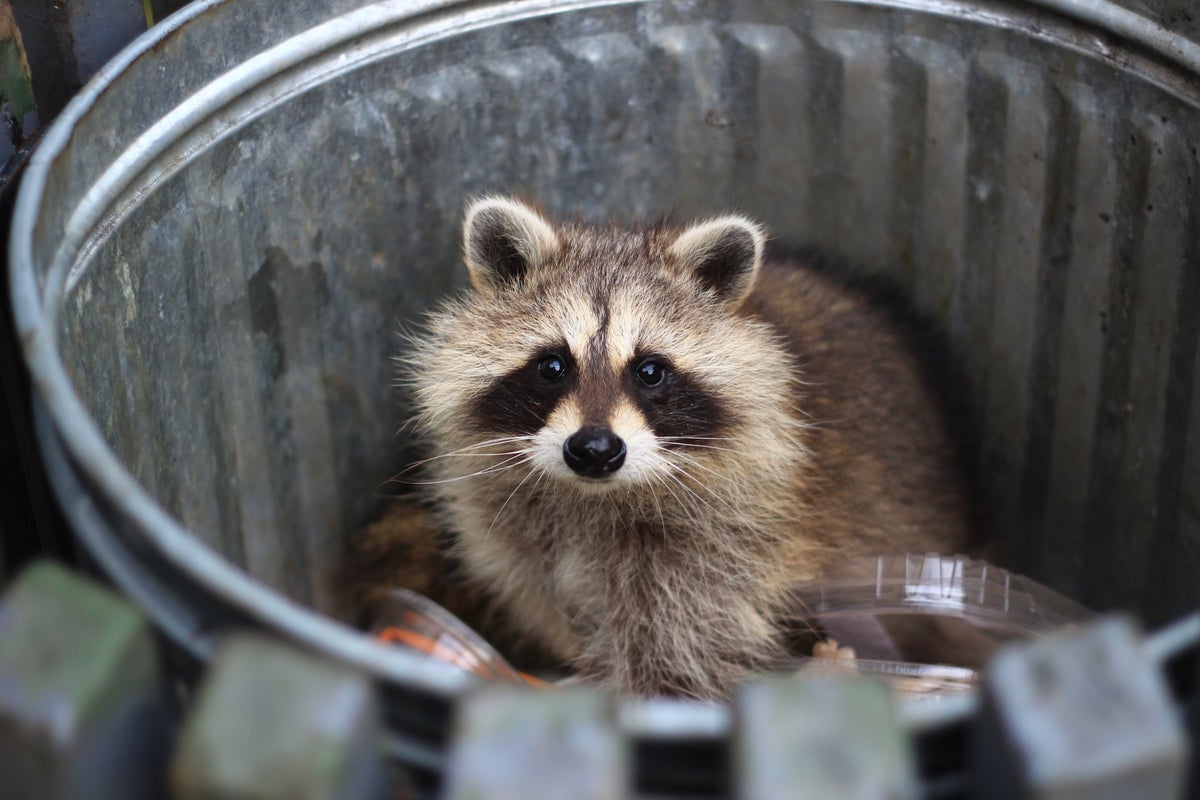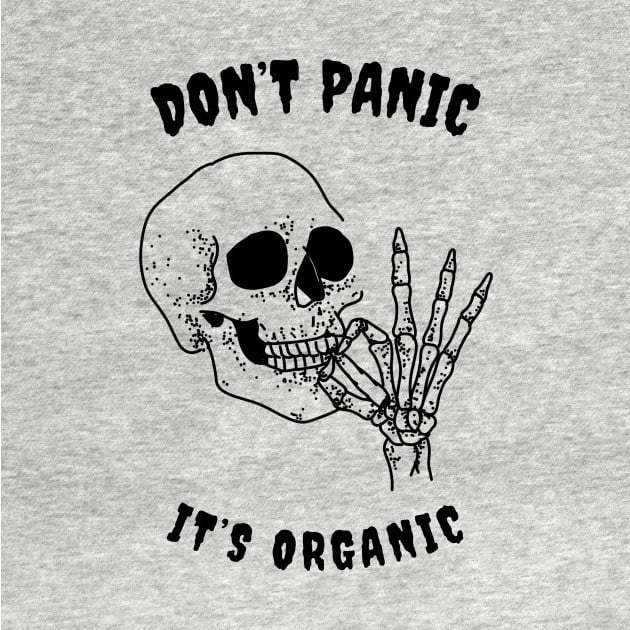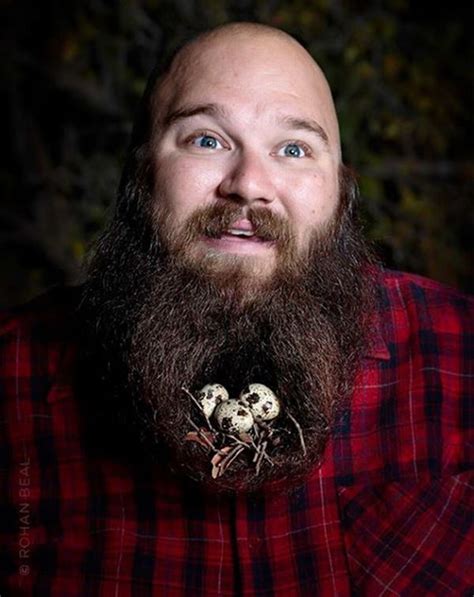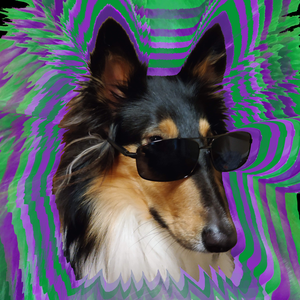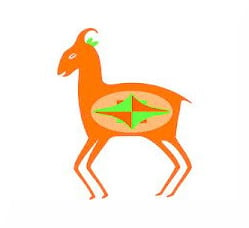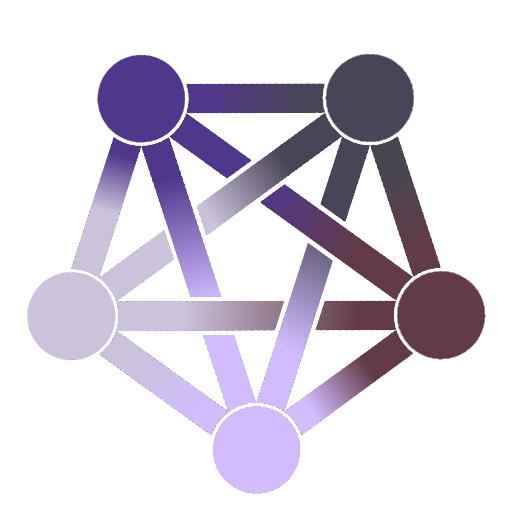
My across the street neighbor feeds the racoons cat food. They rip up my garden and antagonize my dogs all night. I tried to scare one away just last night by yelling and waving my arms, but they just stared at me like “yeah ok dude” and went back to their racoon business. They are not afraid of people in the slightest and you could probably pet one if you were so inclined. It sucks 😅
I’m surprised the article doesn’t mention the six decade long silver fox domestication experiment:
https://evolution-outreach.biomedcentral.com/articles/10.1186/s12052-018-0090-x
They bred the tamest foxes from each generation and started seeing shortened snouts and floppy ears. Although there is some dispute about the initial population from a study in 2019. To my understanding the researchers with the dispute question the existence of domestication syndrome though, so the experiment would still align with the article. And I think there is some dispute over the neural crest cell explanation mentioned in the article too.
I just learned about this the other day and it immediately came to mind when I saw this article.
Wow that’s interesting!
The study lays out the case that the domestication process is often wrongly thought of as initiated by humans—with people capturing and selectively breeding wild animals. But the study authors claim that the process begins much earlier, when animals become habituated to human environments.
“One thing about us humans is that, wherever we go, we produce a lot of trash,” says the study’s co-author and University of Arkansas at Little Rock biologist Raffaela Lesch. Piles of human scraps offer a bottomless buffet to wildlife, and to access that bounty, animals need to be bold enough to rummage through human rubbish but not so bold as to become a threat to people.
This has absolutely blown my mind. I don’t think I’ve ever considered that, obviously.
It’s a popular theory about why dogs were domesticated so much earlier than everything else. Wolves have a remarkably similar lifestyle to human hunter gatherers, and so early dogs could live either in parallel or in close proximity as conditions demanded without the humans actively running a program, like we did with pigs or horses. In some places, semi-feral dogs are still a common sight.
In that case you might like the PBS Eons video on the domestication of house cats (and it touches on some of the generalised processes):
Yeah, if you ever run across the theories of how dogs became so close to us, it started with wolves being willing to take the risks of scavenging near us, and eventually co-evolving (until selective breeding started).
Actively, intentionally domesticating a species is a slow process overall, and it wasn’t something that I’ve seen any specialists suggest would have been the case with dogs, or cats.
I’ve felt that dogs have taken the same path. Notice how expressive their facial muscles are? Wolves don’t have nearly so many facial muscles. Wild to learn about isn’t it?!
If you’re cold, they’re cold. Let the trash panda inside your house.
City-dwelling raccoons seem to be evolving a shorter snout—a telltale feature of our pets and other domesticated animals
I wonder if it’s softer food.
For the new study, she and 16 graduate and undergraduate students gathered nearly 20,000 photographs of raccoons across the contiguous U.S. from the community science platform iNaturalist. The team found that raccoons in urban environments had a snout that was 3.5 percent shorter than that of their rural cousins.
Or maybe people in cities take more photos of “cuter” animals?
If they’re iNaturalist photo submissions then they’re submitting every raccoon (and other animal) they see
I mean every raccoon in the study was photographed. So this wouldn’t explain any difference within that sample.
I don’t think someone would notice a 3.5% shorter snout when they took the picture.
If humans are more likely to take photos of racoons they find cute, we’d expect those racoons to have cuter features than the average racoon. It might not be actual change going on, is the point being made.
We don’t conciously notice the snout length, just the ones we think are cute are probably slightly more likely to have a shorter snout.
My point is that the change in length is only 3.5%, not more than someone would notice when deciding to taking a photo.
The 3.5% change in snout length is one sign of domestication starting to happen, not a sign that people will be more likely to take a photo—that idea was just the speculation of a commenter.
If it was not noticeably cuter, then it would cause no advantage and the theory falls. (Which is possible, of course.)
On a 5cm snout, 3.5% is less than 2 mm. You not only wouldn’t notice it with the naked eye, it’s almost a small enough difference to get lost in the noise .
The study is saying they’re already seeing these imperceptible differences in racoons they’re measuring.
Not individually, but over nearly 20,000 instances.
We are more hostile to ugly raccoons and more often helpful to cute ones. This isn’t evolution, it’s selective extinction based on cuteness, would be my guess. One example of the power humans have in shaping the natural world around what our emotions tell us to.
Yeah, I don’t think racoons are anywhere near going extinct…They’re really well adapted to living on the fringes of human society
Also, it’s not just preference. Cuter is less threatening, and for the noble North American trash panda? Convincing humans to help them escape dumpsters is practically part of their life cycle
I’m curious: what do you think evolution is?
There is no such thing as an ugly raccoon.
it’s selective extinction based on…
As long as whatever trait it’s based on is heritable, that’s evolution.
You could argue whether or not it’s “natural” selection but it’s still evolution.
that is what evoulution is, internet friend.
Nah, when animals go from feeding themselves to being fed by humans and from living in wild habitats to human environments, their bodies do not need the adaptations they had, and instead are pressured towards new ones that are similar to our pets because they experience similar evolutionary pressures as our pets.
Raccoons are simply going thorough the same changes that our pets already went through when they were domesticated. It’s not that raccoons are looking more like our pets, it’s that both raccoons and our pets are looking less like themselves and more like “domesticated”, and our pets are further ahead on this transition.
You assume it’s a one-way street.
Humans having a proclivity towards “cute” animals is as much an evolved trait as animals becoming “cuter” to better adapt to presence.
Hell, for that matter, it isn’t just us that have a proclivity towards “cuteness”. It exists in plenty of species, we just tend to be the ones most prone to it outside of very similar species.
It is absolutely evolution because it isn’t selective.
I don’t understand your last sentence. Selection a main mechanism of evolution.
I think the hangup is thinking evolution can’t proceed quickly. We were taught in school that evolution take millions of years and we resist the idea that it move quickly.
We’ve been figuring out over the last two decades that evolution can move fast, given enough selective pressure.
Arguing with a reasonalbe Christian on reddit 10-years back; Said African elephants were growing smaller, or no tusks, in response to poaching. He called it “breeding”. I call it hella selective pressure. Same difference?
The example of elephants producing less ivory for us to poach is unintentional selective breeding, yeah. Evolution works way faster when directed by an intelligence than when it’s left up to a relatively stable environment, simply because we exert more pressure for change.
i think also the concept of “survival of the fittest” was like an alpha thing; who fought nature and won. versus fittest being more about fitting into the environment better. the best fit for the specific environment.


